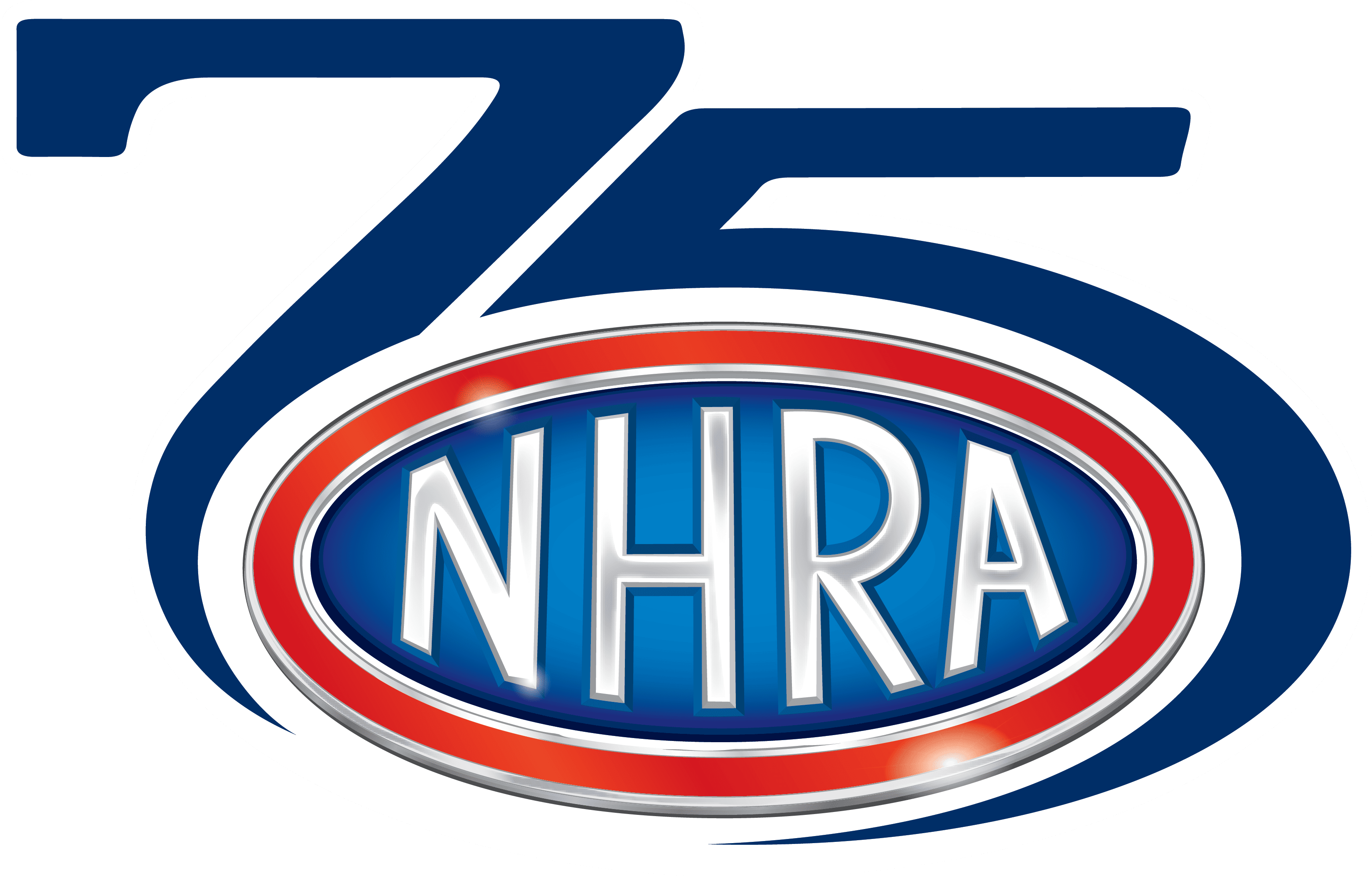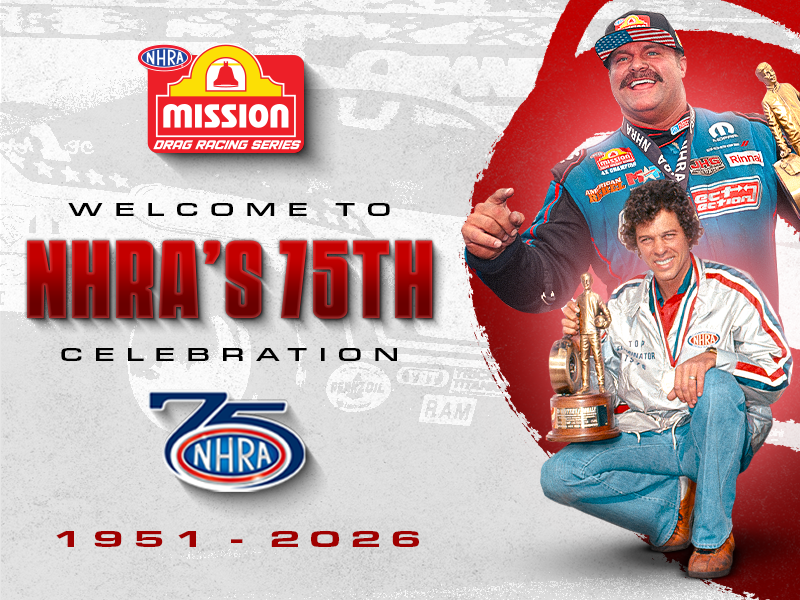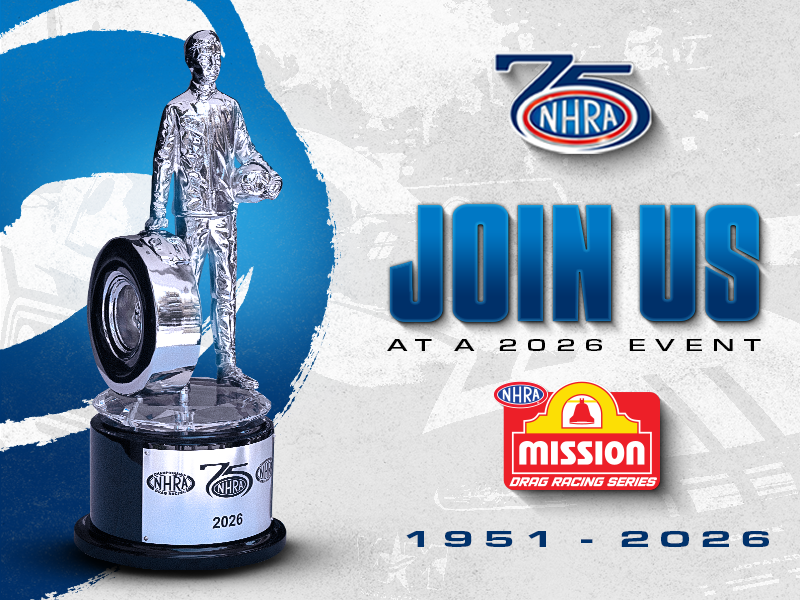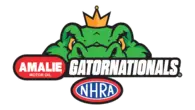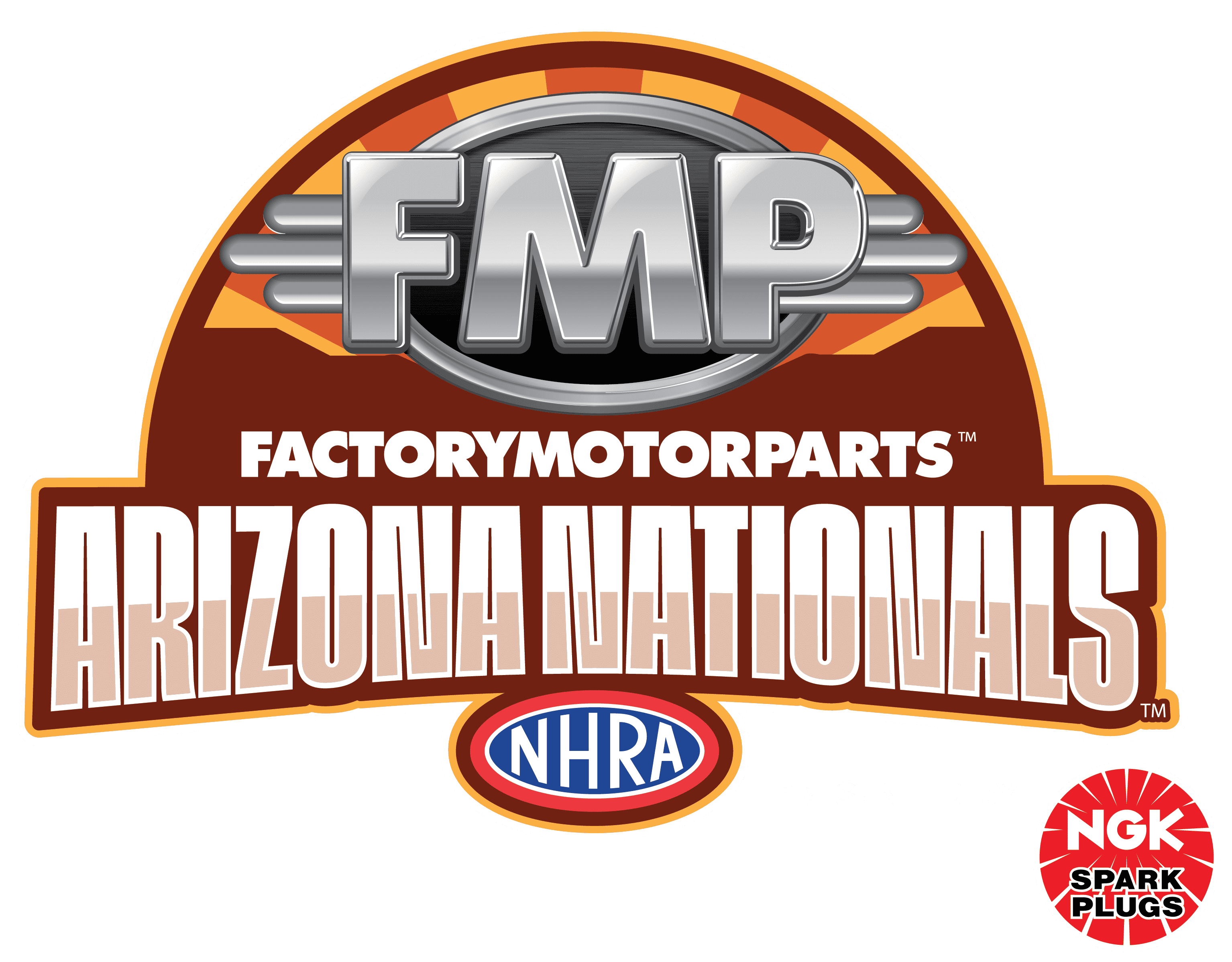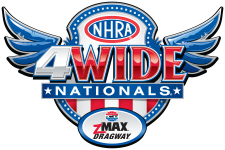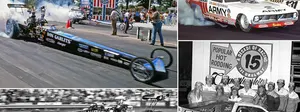Fish stories and other stuff
Response to my "fish tale" about the famed AMT Piranha was, like the fish itself, quick and strong and with a little bite.
Like me, many of you had heard of the car but not in much detail. It's always fascinating when I do these in-depth research projects. I've been around this sport for most of my life and like to think I know everything, but it doesn't take very long for me to discover (and rediscover) just what a small fraction of its history I really do know. (More on this later.)
First things first. The bite I mentioned is the toothy replies from a couple of readers – W. Larry Glick and Glenn Walker -- who snorted when they read my description of the Corvair engine that powered the Piranha street version as a water-cooled four-cylinder when in fact it was an air-cooled six. I also left a little bit of a logic gap concerning the project's demise and realized that I had accidentally deleted one paragraph. I don’t have it anymore, but it basically said that AMT had to fold up shop because the cost to hand make each unit was more than the determined selling price and because of the Corvair's many woes and its imminent cancellation by GM (to make room for the Camaro, I suppose).
Bill Moser, who was responsible for promotions at Muncie Dragway during the 1960s, sent a copy of the handbill that he developed for use when the Piranha came to town to race FX hero Darrell Droke's Mustang Aug. 6, 1966.
 |
I also received an e-mail from Craig Sanburn, who recalled the race car's first sale from Bill Harrah's collection. "When Bill died and they decided to sell the collection (or most of it)," he wrote, "I happened to be in Reno just before they had the first of three auctions. I was walking back in an area I wasn't supposed to be in and not only found Ed Roth's Road Agent and sat in it, but I also stumbled upon the Piranha. It was in semi-sad shape but mostly all there. I have the program somewhere, and it showed the car as it sat. It wasn't all painted, but the motor was in it, with blower on top! I sat in it and goofed around for a while until a guy from the collection told me I wasn't supposed to be back there, so I left but still have my memories."
The car-names info got a few giggles, too. Noting the funny definition that one journalist had come up with for the name Camaro ("loose bowels"), Ken Campbell asked, "So if I have a seriously upset stomach, can I go to the doctor and say I have 'Camaro?' "
Speaking of having to go, Cliff Morgan reminded me of the case of the famous Chevy Nova, which sold poorly in Mexico. Apparently, GM officials were scratching their heads trying to figure out why sales south of the border were so slow until they realized that "no va" is Spanish for "doesn't go." And finally, our old pal Bret Kepner, who called my Piranha piece "probably the most accurate and complete recounting of the car's history ever written," (thank you, thank you) challenged me as to the roots of the Corvette name, which I did know. Do you?

 |
The photos keep coming in of wedge cars (c'mon, seriously ... you didn't think we'd be able to go more than one column without talking about them, did you?), and I'll get to them in the very near future. Some are wedge cars, and some are aerodynamic wonders (as in, "I wonder what they were thinking"). The week's most interesting e-mail came from Tyler Hilton, the son of former Top Fuel shoe Bobby Hilton, who sent several shots of his dad at the wheel of Jim and Alison Lee's wedgy Top Fueler, which was built by Lester Guillory and featured a blunt nose and wedge-like panels in front of the rear tires, definite predecessors to the elephant ears on today's cars.
I knew of Hilton and of the car, but I didn't know that Bobby Hilton is the Lees' son-in-law. Tyler reported that Jim and Alison still have their farm in Virginia and recently started going to events with the restoration of the front-engine Great Expectations II fueler (which Tom Raley drove). "They would probably still be running a fueler if the money wasn't an issue these days," he said. "My old man has been thinking about getting his license renewed and getting a ride in one of the nostalgia front-engine fuelers or a Funny Car." Bobby and Diane Hilton live about a mile from the Lees; Tyler lives in Cincinnati with his dad's side of the family, working on vintage fuel cars and building hot rods.
It's good to hear that the Lees, the preeminent husband and wife fuel racing team of the 1970s, are still hooked on the sport. I probably need to follow up on this story.

As I mentioned at the head of this column, doing research produces a never-ending swoon, and, thanks to the power of the Internet, it's amazing what you can come up with if you know how to dig.
Here are a couple of good examples from some of my National DRAGSTER work, specifically in the context of the research to bring you The Misc. Files feature, which showcases 10 images. The Misc. Files initially began online (A through L) before it was moved into ND, where recently I completed R and S. The photos in those articles were filed in "miscellaneous" folders because the subjects were unknown or did not have enough photos to warrant their own folder. Pretty much, I grab the folders for each letter and leaf through the photos until something catches my eye. Maybe it's a car I already know about or just an interesting-looking car or setting. Once I've winnowed the hundreds of photos to about 15, I start researching, based on what I can see in the photo and whatever caption info might be on the back. Some quickly lead to dead ends, and I move on.
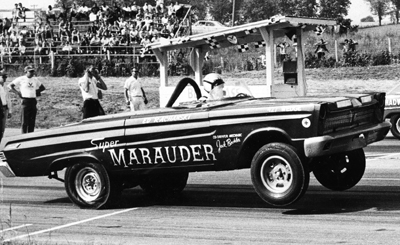 |
One of my cooler finds lately was this photo of Ed Rachanski's 427 wedge-powered Super Marauder Mercury Comet. I thought it was a cool photo and had vaguely heard of Rachanski, so I knew I had enough to go on. It wasn't until I started researching that I discovered that not only was he an early partner on a Super Stocker with Pat Minnick and John Farkonas of future Chi-Town Hustler fame, but he also was an instrumental part of the zMax lubricant story. In the early 1970s, he was president and owner of Blueprint Aircraft Engines Inc., an FAA-certified aircraft-engine-repair facility. His company was selected by Shell Oil to do lubricant testing on helicopter engines, which brought him together with Joe Lencki, who had been experimenting with antiwear lubricants since 1934 and whose company, Oil-Chem Research Corp., made a product called Lenckite. Today, that product is known today as zMax. After Lencki died in May 1994, Rachanski was instrumental in the company’s sale to Bruton Smith in 1996, and Rachanski became director of research-development-testing at Oil-Chem in 1996 and led the company's Indy 500 efforts until 2001. Shortly after that was published, I was quite stunned to receive a letter from Rachanski thanking me for sharing his story.
"At 75 years old, we ol' drag racers have only 'rockin' chair' stories that the younger ones are not in," he wrote. Goes to show ya that you never know who's going to read your stuff. Rachanski also passed along the URL to his Fabulous Racers site for the Nevada Vintage Race Car Museum, which, among other things, tells his story and that of Lencki.
This week's S edition of The Misc. Files (actually part 2 for the letter S; there were way too many photos to restrict it to 10) includes a shot of "the Moline Madman," Sid Seeley. I covered a little bit of his history, and it wasn't until I kept digging that I found out that his son, Jason, also races (brackets, at Cordova Dragway Park) and that his daughter, Amy, an actress, created a 90-minute one-woman stage show called Amy Seeley and The Moline Madman that celebrated the life of her father and her relationship with him. Cool!
